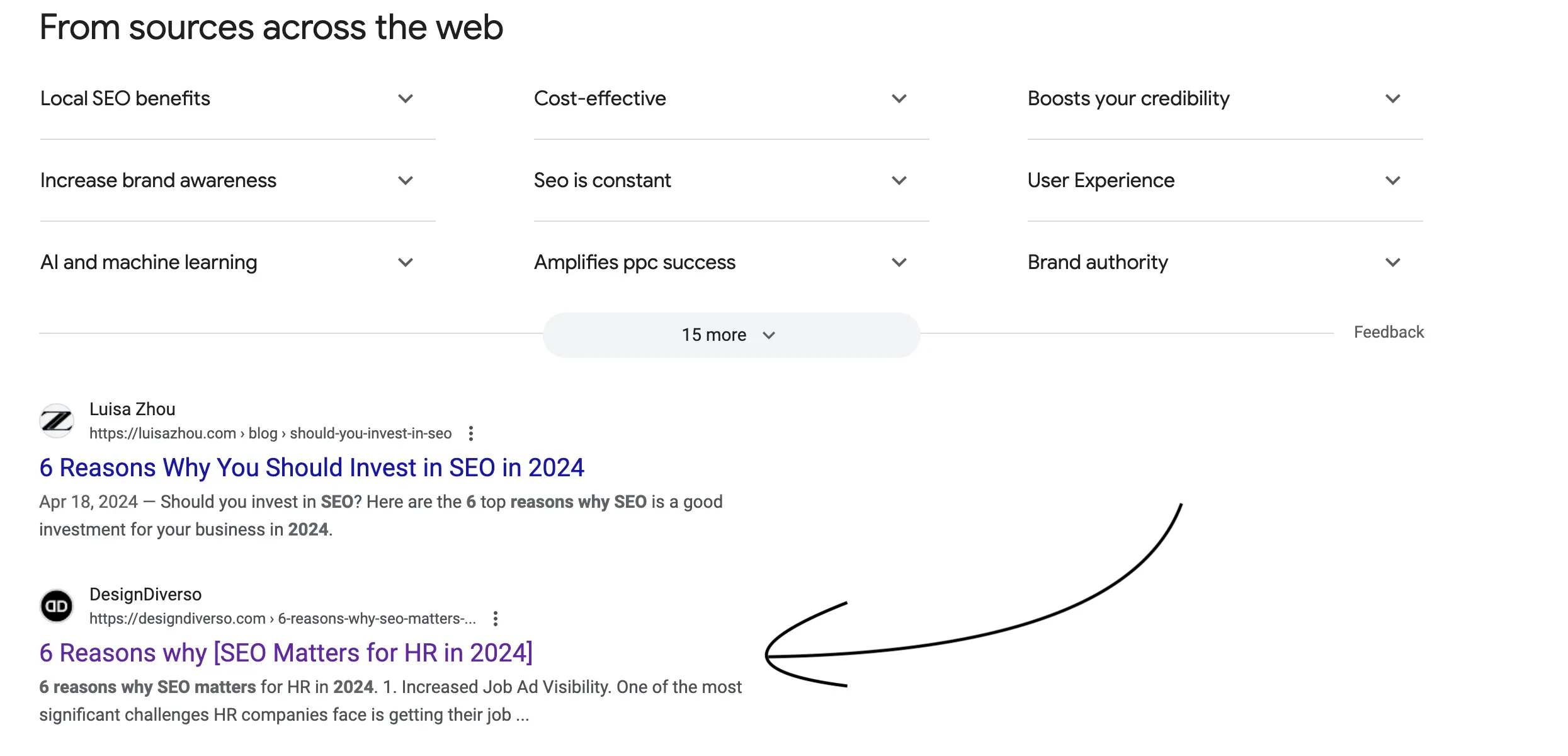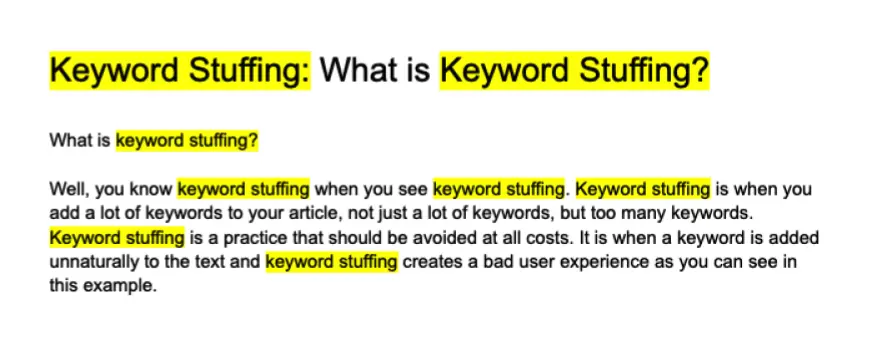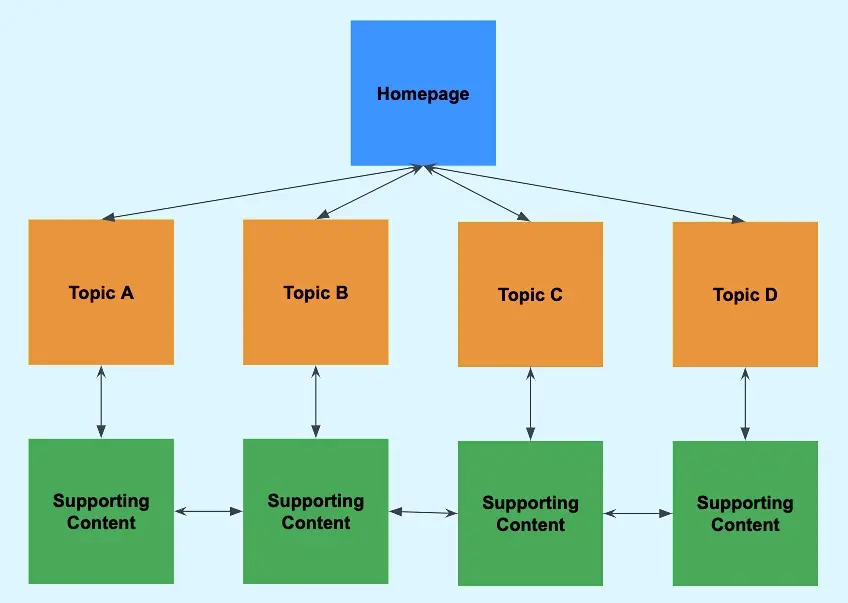
Content marketing has become an essential tool for businesses of all sizes looking to reach and engage with their target audience in today’s digital landscape. By creating and distributing valuable, relevant, and consistent content, businesses can attract and retain customers, drive profitable customer action, and build brand awareness.
But where do you start with content marketing if you’re starting from zero? How can you effectively create, distribute, and measure the success of your content marketing efforts? In this article, we’ll explore the steps you can take to build a successful content marketing strategy from scratch.
Step 1: Define Your Goals and Target Audience
The first step in starting from zero with content marketing is to define your goals and understand your target audience. What are you hoping to achieve with your content marketing efforts? Are you looking to increase brand awareness, generate leads, drive conversions, or all of the above?
Once you have a clear understanding of your goals, you need to identify your target audience.
Who are you trying to reach with your content? What are their interests, pain points, and challenges? By creating buyer personas, you can tailor your content to resonate with your target audience and address their needs effectively.
Step 2: Conduct Keyword Research
Keyword research is an essential step in content marketing as it helps you identify the topics and keywords that your target audience is searching for.
By using tools like Google Keyword Planner, SEMrush, or Ahrefs, you can discover relevant keywords with high search volume and low competition.
Using these keywords, you can create content that aligns with the interests and needs of your target audience, making it more likely to be discovered in search engines and drive organic traffic to your website.
Step 3: Create a Content Calendar
A content calendar is a crucial tool in content marketing as it helps you plan and organize your content creation and distribution efforts. By outlining your content topics, publication dates, and distribution channels, you can ensure consistency and alignment with your content marketing goals.
When creating your content calendar, consider the types of content you want to create, such as blog posts, videos, infographics, or podcasts, and how often you plan to publish new content.
Remember to also incorporate key dates, events, and holidays relevant to your industry to capitalize on trending topics and maximize engagement.
Step 4: Create Quality Content
Once you have your content calendar in place, it’s time to start creating quality content that resonates with your target audience.
Whether you’re writing blog posts, creating videos, or designing infographics, make sure your content is valuable, relevant, and engaging.
Consider the format, tone, and style of your content to ensure it aligns with your brand voice and appeals to your target audience. Incorporate visuals, data, and storytelling to make your content more compelling and shareable, increasing its reach and impact.
Step 5: Distribute Your Content
After creating quality content, it’s essential to distribute it effectively to reach your target audience and drive engagement. Consider using a mix of owned, earned, and paid distribution channels to maximize the reach of your content.
Owned channels include your website, blog, and social media profiles, where you can share your content organically with your followers.
Earned channels involve partnerships, influencer collaborations, and media coverage, where others share and promote your content to their audience. Paid channels consist of advertising on social media platforms, search engines, and display networks to reach a larger audience and drive traffic to your website.
Step 6: Measure and Analyze Results
Measuring the success of your content marketing efforts is crucial to understanding what’s working, what’s not, and how you can optimize your strategy moving forward. By using tools like Google Analytics, social media insights, and email marketing platforms, you can track the performance of your content and identify areas for improvement.
Key metrics to monitor include website traffic, engagement, conversions, and ROI to evaluate the effectiveness of your content marketing efforts. Analyze the data and insights gathered to make informed decisions, adjust your strategy, and continuously improve the performance of your content.
Step 7: Iterate and Improve
Finally, don’t be afraid to iterate and improve your content marketing strategy based on the data and insights collected. Experiment with different types of content, distribution channels, and messaging to see what resonates best with your target audience.
Listen to feedback from your audience, monitor trends in your industry, and stay up-to-date with best practices in content marketing to stay ahead of the curve.
By continuously iterating and improving your strategy, you can create more impactful content, drive better results, and achieve your content marketing goals successfully.
Starting from zero with content marketing may seem daunting, but by following these steps and best practices, you can build a successful content marketing strategy from scratch.
Define your goals and target audience, conduct keyword research, create a content calendar, produce quality content, distribute it effectively, measure and analyze results, and iterate and improve continuously.
By taking a strategic approach and being consistent and committed to your content marketing efforts, you can attract and engage with your target audience, drive profitable customer action, and build brand awareness over time. Remember that content marketing is a long-term investment that requires patience, creativity, and perseverance, but the rewards can be significant for your business in the long run.







